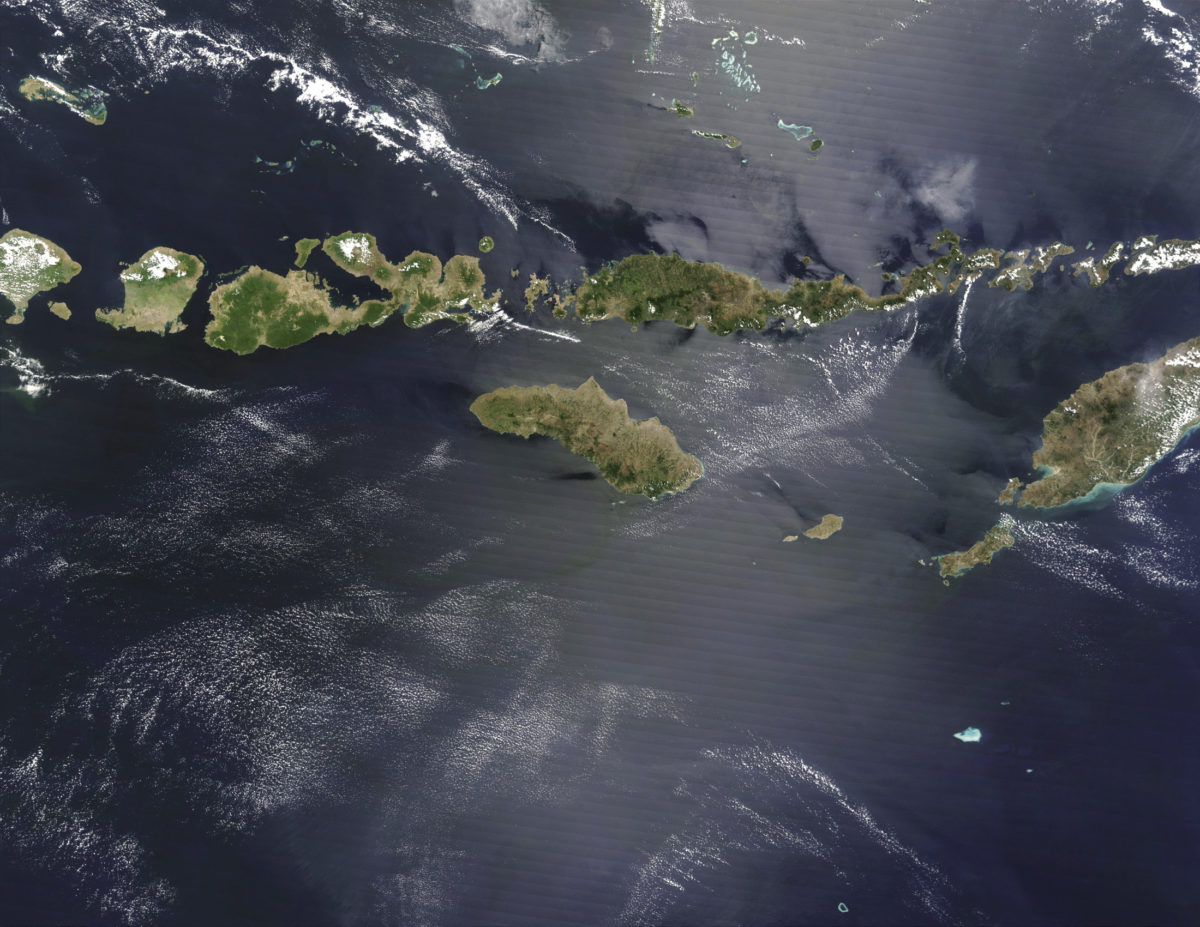With Indonesian energy body the Dewan Energi Nasional considering revising the nation's clean energy targets, Jakarta-based thinktank the Institute for Essential Services Reform (IESR) has attempted to press the case for solar by claiming the government has hugely under-estimated the technology's potential.
The IESR says the current solar ambition–6.5 GW of generation capacity in 2025–is based on an estimate of Indonesia's maximum technical solar potential which is up to 95 times smaller than its own calculations.
Supported by peer the Global Environmental Institute of China, the IESR has used GIS mapping to calculate Indonesian land could host 3.4-19.8 TWp of large scale solar project generation capacity.
Technical limit
The Beyond 207 Gigawatts: Unleashing Indonesia's Solar Potential study claims the national solar potential of 205 GW estimated by the Ministry of the Environment and Mineral Resources is woefully out of date, although the IESR points out the technical maximum it has calculated pays no heed to policy, market or other economic limitations, solely to the availability of suitably sloping land.
Excluding rooftop and floating PV which, the IESR points out, are the subjects of other studies it has prepared, the report calculates Indonesia has 484,000km2 of land which could host 19.8 TWp of large scale PV capacity. If agricultural land and forest plantations are excluded, the figure falls to 188,000km2 and 7.7 TWp; and if populated areas are also left out, the results are 154,000km2 and 6.31 TWp.
Popular content
In a bid to show how unreliable the government's 207 GW estimate is, the IESR also excluded the most common bare land surface–dry shrub–from the figures, and still identified 82,800km2 of suitable sites nationwide, which could host 3.4 TWp of solar capacity.
The report's authors also stressed their calculation was based on a “rather conservative assumption” of the energy density of the sites identified, with the figure of 410 kWp/hectare based on a 2013 study drawn up by the National Renewable Energy Laboratory in the U.S. Recent solar projects in Indonesia have had energy densities of 600-800 kWp/hectare, according to the IESR.
The report noted the eastern, western and central provinces of Kalimantan–the Indonesian territory on the island of Borneo– boast the largest technical solar potential, with the provinces of Riau, northern and southern Sumatra, eastern and Central Java and Papua also boasting significant suitable project sites.
This content is protected by copyright and may not be reused. If you want to cooperate with us and would like to reuse some of our content, please contact: editors@pv-magazine.com.



2 comments
By submitting this form you agree to pv magazine using your data for the purposes of publishing your comment.
Your personal data will only be disclosed or otherwise transmitted to third parties for the purposes of spam filtering or if this is necessary for technical maintenance of the website. Any other transfer to third parties will not take place unless this is justified on the basis of applicable data protection regulations or if pv magazine is legally obliged to do so.
You may revoke this consent at any time with effect for the future, in which case your personal data will be deleted immediately. Otherwise, your data will be deleted if pv magazine has processed your request or the purpose of data storage is fulfilled.
Further information on data privacy can be found in our Data Protection Policy.